The ACL is a ligament in the front of the knee connecting the thigh and shin bones. Twisting or bending the knee too far often causes ligament tears, resulting in ACL knee instability. Failure to treat the issue may result in recurrent knee injuries, tears, swelling, and pain. Functional impairments and muscle weakness are also possible symptoms, as are psychological issues from losing independence from such injuries.
Though severe ACL damage may require surgery, not every tear needs such medical interference. Regardless of the damage, rehabilitation programs and physical therapy are recommended. Rehab includes exercises to strengthen muscles, restore range of motion, and reduce swelling and pain.
The following sections discuss ACL injuries and what’s needed to heal them.
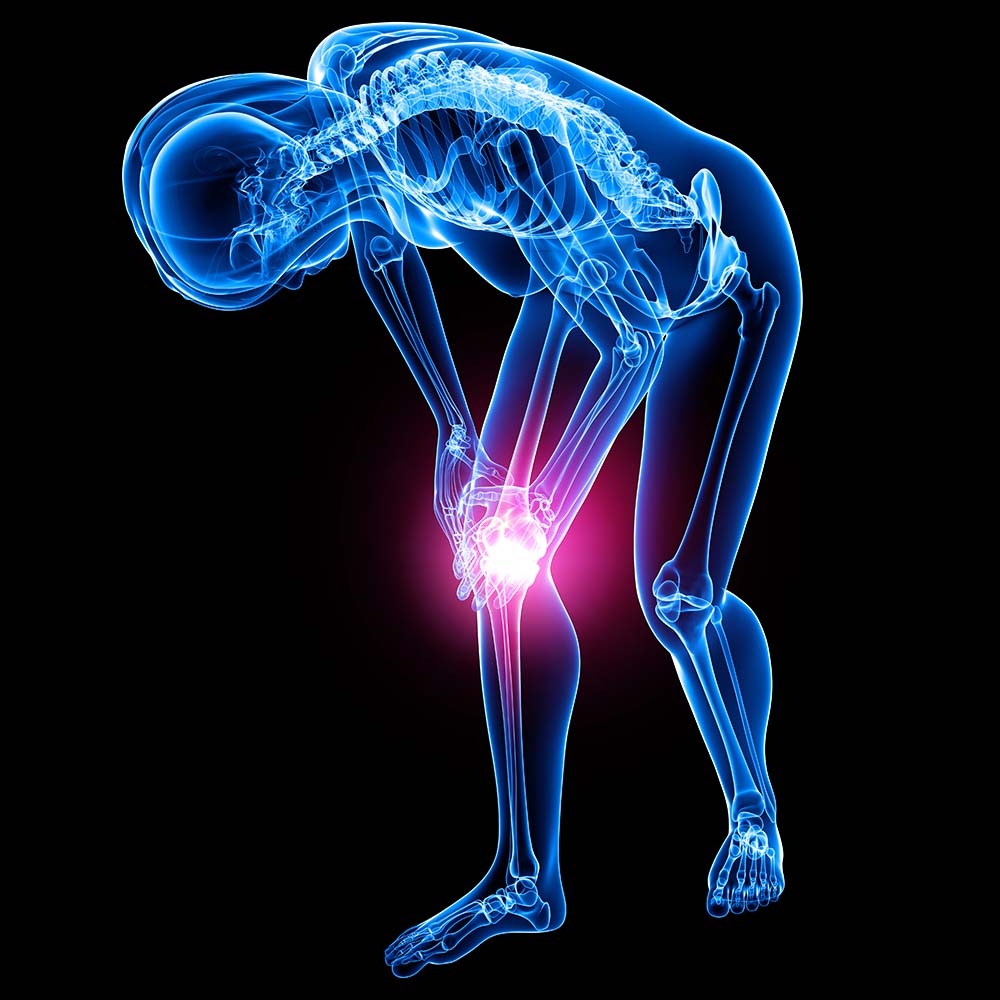
Do You Need Surgery for ACL Knee Instability?
Whether surgery is required for ACL injuries and imbalance depends on a few factors. The first is the type of injury you’re dealing with. These are graded on the severity of the damage.
For instance, a Grade 1 ACL injury stretches the ligament, though it hasn’t torn and maintains joint stability. Grade 2 sprains stretch the ACL until it is loose and partially torn. A Grade 3 injury does the most damage, causing the ligament to tear into two pieces.
Though the first two injury types cause some ACL knee instability, they’ll likely recover with rehab and physical therapy. Surgery isn’t always required, as long as the injured individual follows their medical team’s treatment recommendations.
A complete tear rarely heals properly without surgical intervention. Though individuals may still move about without assistance, instability is likely during normal movements. Even walking becomes difficult, and exercise or sports activities will be almost impossible.
Surgical requirements also depend on the individual. Some people respond better to ACL treatment and rehab than others. Those who are relatively inactive, rarely participating in high-demand sports, may not require surgery. Those leading inactive lives may also recover from an ACL injury using non-surgical treatments.
How long does therapy take to fix knee instability?
The timeframe for recovery varies with ACL knee instability. The extent of the damage determines the type of treatment required and how long it takes for the injury to heal.
Those able to recover at home are encouraged to use the R.I.C.E. model, including rest, ice, compression, and elevation. Doing so allows the swelling to go down and the pain to ease, getting you back on your feet in no time.
More serious injuries may need several weeks of rehabilitation and physical therapy. A trained therapist will instruct individuals on supervised and at-home exercises designed to increase muscle strength and range of motion. They may also recommend using braces for stability and crutches to reduce weight on the injured knee. Recovery time will vary depending on the extent of the injury and how well the patient responds to treatment.
Severe injuries requiring surgical intervention take the longest to recover from. As well as healing from surgery, several months of rehab are required. It could take six to twelve months to fully recover from ACL knee instability. For those participating in high-demand sports, extra time may be recommended to reduce the risk of future injuries.
Resources:
https://www.mayoclinic.org/diseases-conditions/acl-injury/symptoms-causes/syc-20350738
https://www.mayoclinic.org/diseases-conditions/acl-injury/diagnosis-treatment/drc-20350744
https://orthoinfo.aaos.org/en/treatment/acl-injury-does-it-require-surgery/
https://my.clevelandclinic.org/health/diseases/16576-acl-tear#:~:text=A%20torn%20ACL%20can’t,an%20ACL%20tear%20surgically%20repaired
This content comprises informative and educational resources only and can not be considered as a substitute for professional health or medical guidance. Reliance on any information provided in this article is solely at your own risk. If you have any inquiries or apprehensions about your medical condition or health goals, talk with a licensed physician or healthcare provider.

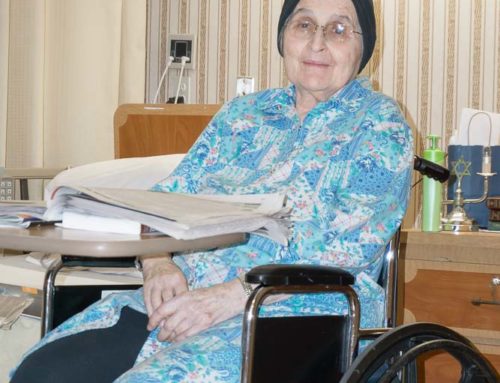

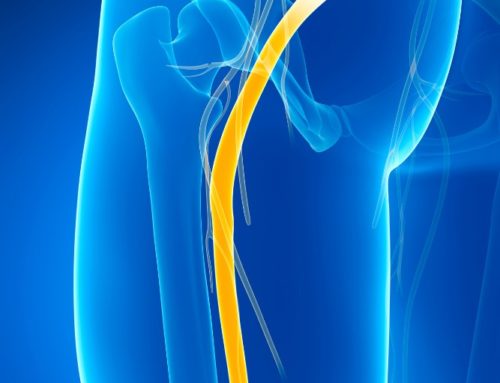
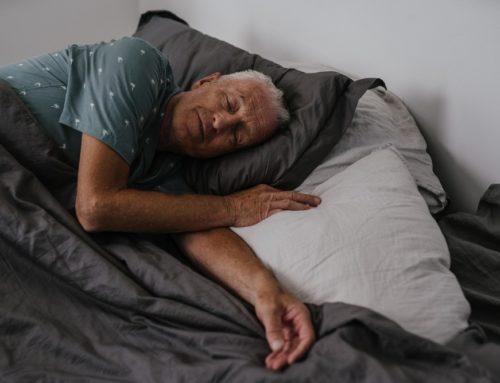
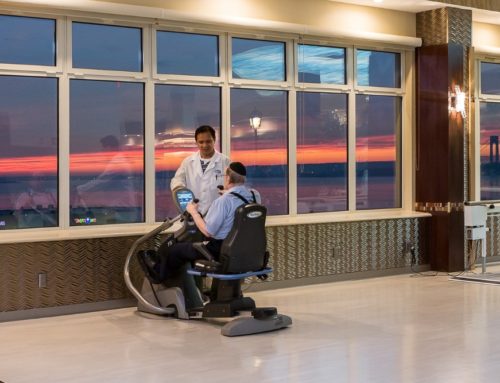
Leave A Comment